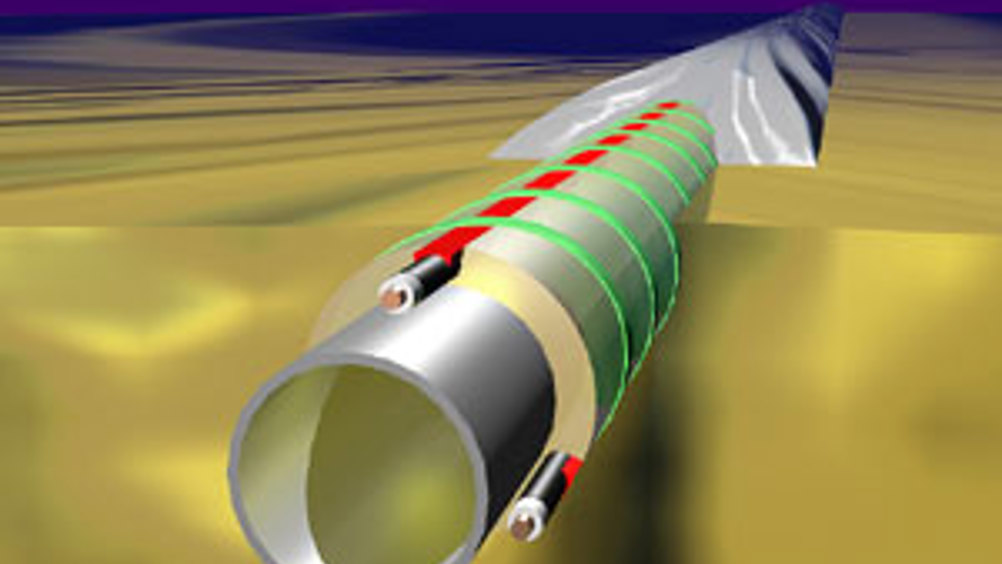Tactile robots

German researchers are developing an underwater robot that could perform repairs on submerged cables without the aid of a human.
A team from two research centres in Bremen are developing a special ‘printed sensor’ that will give robots a ‘sense of touch’ and help them detect their undersea environment autonomously.
‘One component in this tactile capability is a strain gauge,’ said Marcus Maiwald, project manager at the Fraunhofer Institute for Manufacturing Technology and Applied Materials Research (IFAM), which is working with the German Research Centre for Artificial Intelligence on the robot.
‘If the robot encounters an obstacle, the strain gauge is distorted and the electrical resistance changes,’ he added. ‘The special feature of our strain gauge is that it is not glued but printed on, which means we can apply the sensor to curved surfaces of the robot.’
The single printed strip is just 10 micrometres wide and about half the width of a human hair. As a result, the strain gauges can be applied close to each other and the robot can identify precisely where it is touching an obstacle. The sensor is protected from the salt water by encapsulation.
Register now to continue reading
Thanks for visiting The Engineer. You’ve now reached your monthly limit of news stories. Register for free to unlock unlimited access to all of our news coverage, as well as premium content including opinion, in-depth features and special reports.
Benefits of registering
-
In-depth insights and coverage of key emerging trends
-
Unrestricted access to special reports throughout the year
-
Daily technology news delivered straight to your inbox










Comment: Engineers must adapt to AI or fall behind
A fascinating piece and nice to see a broad discussion beyond GenAI and the hype bandwagon. AI (all flavours) like many things invented or used by...